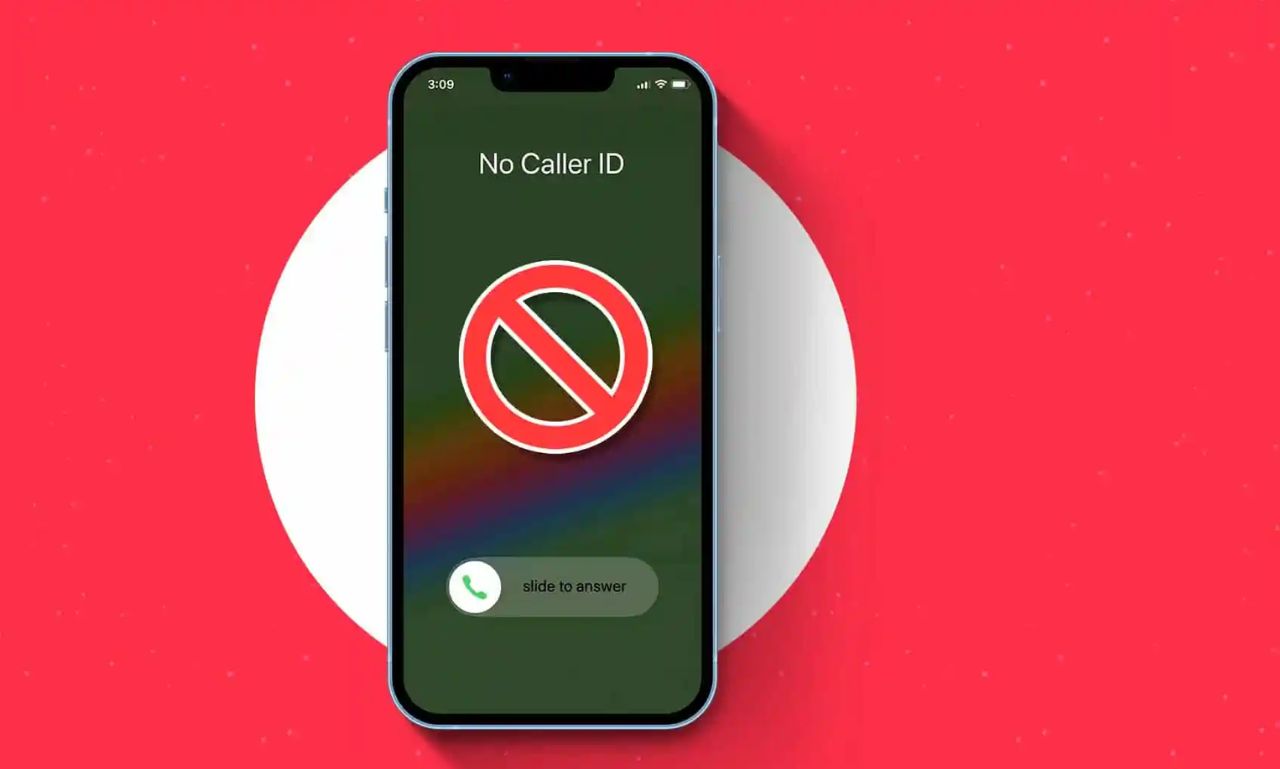In the domain of telecom, two terms that regularly perplex users are “No Caller ID” vs. “Unknown Caller.” Regardless of their clear comparability, they convey particular implications and suggestions. This article dives into the subtleties of these terms, explaining their definitions, basic innovations, and functional ramifications. By understanding the distinctions between “No Caller ID” and “Unknown Caller,” users can all the more likely explore their phone encounters and upgrade their security and protection.
Understanding Caller Identification
Caller recognizable proof, normally known as caller ID, is a telecommunication include that communicates the caller’s phone number and potentially the name to the beneficiary’s gadget. This element empowers users to recognize the incoming caller prior to noting the call, hence upgrading the dynamic interaction in regards to whether to acknowledge, reject, or overlook the call. The innovation behind caller ID includes the transmission of the caller’s data from the beginning phone network to the getting telephone network, which then shows the data on the beneficiary’s gadget.
Caller ID Components
- Calling Line Distinguishing proof (CLI): This part conveys the caller’s telephone number.
- Caller Name (CNAM): This component outfits the caller’s name related with the telephone number.
The presence or nonappearance of these parts concludes how the approaching call is set apart on the recipient’s contraption, provoking courses of action, for instance, “No Caller ID” and “Unknown Caller.”
Defining ‘No Caller ID’
“No Caller ID” alludes to incoming calls where the caller’s phone number and name are purposefully hidden from the beneficiary. This camouflage can be started by the caller through different means, including:
- Caller-started Blocking: Callers can dial a particular code (e.g., *67 in the US) prior to entering the beneficiary’s phone number to block their caller ID data.
- Network-level Blocking: Some phone networks allow users to enable permanent caller ID blocking through their service settings.
- Business and Government Agencies: Certain associations, including organizations and government offices, may naturally hinder their caller ID information for security and protection reasons.
Exactly when a call is gotten with “No Caller ID,” the recipient’s device regularly shows “No Caller ID” or “Private Number.”This name demonstrates that the caller has intentionally decided to keep their personality.

Reasons for Using ‘No Caller ID’
There are several legitimate reasons why individuals or organizations might opt to use “No Caller ID”:
- Privacy: Callers may wish to maintain their privacy when contacting unknown recipients.
- Security: Businesses and government agencies might block caller ID to protect sensitive information and avoid being easily traced.
- Telemarketing and Surveys: A few selling organizations and survey associations use “No Caller ID” to expand the possibilities of their calls being replied, as beneficiaries may be more disposed to answer a call with no recognizable data.
In any case, the utilization of “No caller ID” can likewise raise worries, as it is at times connected with undesirable or vindictive calls, like selling tricks and deceitful exercises.
Defining ‘Unknown Caller’
“Unknown Caller” alludes to incoming calls where the caller’s phone number is inaccessible or unnoticed by the beneficiary’s phone organization. In contrast to “No Caller ID,” where the caller purposefully conceals their information, “Unknown Caller” commonly results from specialized constraints or explicit conditions outside of the caller’s reach. A few variables can prompt a call being marked as “Unknown Caller”:
- Out-of-Network Calls: Calls originating from networks that do not support caller ID transmission may appear as “Unknown Caller.”
- International Calls: Calls from international numbers may not always carry caller ID information due to differences in telecommunication standards across countries.
- Technical Issues: Organization mistakes or issues with the transmission of caller ID information can bring about calls being shown as “Unknown Caller.”
Reasons for ‘Unknown Caller’ Status
The “Unknown Caller” label is usually not a deliberate choice by the caller but rather a result of technical constraints. Understanding the reasons behind this status can help users manage their expectations and reactions to such calls:
- International Communication: Users frequently receiving international calls might encounter the “Unknown Caller” status more often due to varying telecommunication protocols.
- Network Compatibility: Calls between different phone networks, especially those using older technologies, might lack caller ID transmission capabilities.
- Specialist co-op Issues: Sporadically, issues with the caller’s or alternately beneficiary’s specialist co-op can upset the transmission of caller ID information.
Contrasts Between ‘No Caller ID’ and ‘Unknown Caller’
Albeit ‘No Caller ID’ and ‘Unknown Caller’ both outcome in calls with covered up or inaccessible information, the key distinctions lie in the aim and basic causes:
1. Intentionality:
No Caller ID: The caller intentionally hides their information.
Unknown Caller: The caller’s information is unavailable due to technical reasons.
2. Labeling:
No Caller ID: Typically labeled as “No Caller ID” or “Private Number.”
Unknown Caller: Marked as “Unknown Caller” or “Unknown Number.”
3. Caller Control:
No Caller ID: The caller has control over hiding their information.
Unknown Caller: The caller usually has no control over the information being unavailable.
4. Implications:
No Caller ID: Often associated with privacy concerns, telemarketing, or potentially malicious intent.
Unknown Caller: Usually linked to technical issues or international calls.
Handling ‘No Caller ID’ and ‘Unknown Caller’ Calls
Given the differences between “No Caller ID” and “Unknown Caller,” recipients can adopt specific strategies to handle such calls effectively:
Handling ‘No Caller ID’ Calls
- Screen Calls: Use call screening features to identify and filter out unwanted calls.
- Use Call Blocking Apps: Install apps that can block or flag calls with “No Caller ID.”
- Enable Don’t Disturb Mode: Set up a “Don’t Disturb” mode to permit calls just from known numbers.
- Report Dubious Calls: On the off chance that you get various undesirable calls from “No Caller ID,” report them to your phone specialist co-op or important specialists.
Handling ‘Unknown Caller’ Calls
- Verify International Numbers: If you expect international calls, inform your contacts to provide their number beforehand.
- Check Network Compatibility: Ensure that your phone network is compatible with various caller ID transmission standards.
- Contact Service Provider: Report recurring “Unknown Caller” issues to your service provider for potential resolution.
- Be Cautious: Exercise alert while noting calls named as “Unknown Caller,” particularly on the off chance that you don’t perceive the number or are not anticipating a call.
Mechanical Headways and Future Patterns
As telecommunication technology continues to evolve, improvements in caller ID transmission and identification are expected. Innovations in network infrastructure, international standards, and smartphone capabilities may reduce the frequency of “No Caller ID” and “Unknown Caller” issues. Some potential future trends include:
- Enhanced Caller Verification: Improved verification mechanisms to authenticate and display caller information accurately.
- Unified International Standards: Harmonization of international telecommunication standards to ensure seamless caller ID transmission across borders.
- Advanced Call Filtering: Development of more sophisticated call filtering and blocking technologies to protect users from unwanted calls.
Conclusion:
Understanding the qualifications between “No Caller ID” and “Unknown Caller” is pivotal for really overseeing incoming calls and keeping up with protection and security. While “No Caller ID” includes intentional camouflage of the caller’s information, “Unknown Caller” regularly emerges from specialized constraints or organization issues. By taking on suitable procedures and remaining informed about telecom headways, users can upgrade their call-dealing with encounters and alleviate the dangers related with unidentified callers. As innovation advances, the difficulties presented by “No Caller ID” and “Unknown Caller” are probably going to lessen, prompting a more straightforward and secure telecom climate.
FAQ’s:
- What does indeed “No Caller ID” mean?
It shows that the caller has intentionally decided to conceal their telephone number and name from the beneficiary.
- What does indeed “Unknown Caller” mean?
It connotes that the caller’s telephone number is inaccessible or unnoticed because of specialized limits or network issues.
- How might I block “No Caller ID” calls?
You can utilize call screening highlights, call impeding applications, or empower “Don’t Disturb” mode to sift through calls with “No Caller ID.”
- Are “No Caller ID” calls generally malicious?
Not really. While they can be related with selling or tricks, genuine reasons like protection concerns or safety efforts could likewise prompt “No Caller ID” calls.
- For what reason do I get “Unknown Caller” for worldwide calls?
Worldwide calls could show up as “Unknown Caller” because of contrasts in telecom guidelines and network similarity issues between nations.




